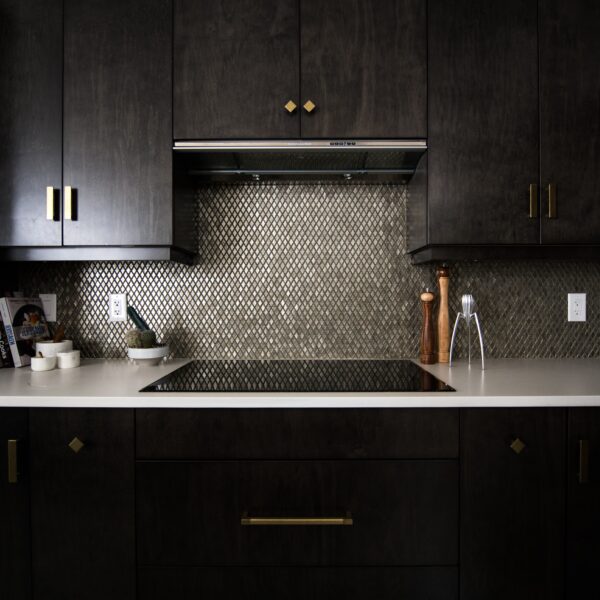Concrete is one of the most common building materials in the entire world because it’s incredibly durable, strong, and long-lasting, especially when used in formwork. However, when concrete formwork isn’t installed correctly, it can not only fail but completely collapse on the job site, rendering all previous progress null and void and creating a hazardous work environment.
Though concrete formwork is incredibly important and the primary foundation support for a structure, formwork fails unfortunately still happens, especially if it was installed incorrectly. Here’s a checklist of nine things that can help prevent concrete formwork from failing when working on a construction project.
- Use Pre-Fabricated Formwork
One of the most essential parts of ensuring that formwork is installed correctly is using pre-fabricated solutions whenever possible. It reduces the number of errors that occur when the fabrication process occurs on the construction site, makes the entire construction project go faster, and is also cost-effective. For superior quality pre-fabricated formwork, Doka’s Lightweight Formwork is an excellent choice. With 160 locations in 70 countries, they offer comprehensive formwork solutions and have 150 years of history, offering products for a wide range of applications.
- Determine the Level of Strength Required
Formwork absolutely must be strong and durable enough to handle the weight of the concrete while it’s being poured and after the structure is finished. Not only that, but it also must be strong enough to carry the weight of things like equipment and workers.
- Inspect Each Form Before Use
While formwork is meant to be re-used many times over, eventually, the integrity starts to deteriorate. For this reason, it’s essential to inspect older formwork to ensure that it’s up to snuff in terms of quality, structure, and load capacity.
- Use Proper Bracing and Support
Formwork must be put into place and then secured with bracing and supports both horizontally and vertically. Ensure that the joints are also snug, which eliminates the chance for leaks to form.
- Inspect After Placement
It’s not just imperative to inspect formwork before it’s in place, but after it’s in place as well. Be sure the braces secure enough to provide the level of support required, and always have the most experienced employee perform the inspection.
- Check All Connections
Formwork with loose, unsecured connections is dangerous. It may make the disassembly process much easier, but the time it saves is not worth the level of danger it provides. Loose connections can cause collapsing, which is the worst possible scenario.
- Never Dismantle too Early
Formwork needs to stay in place until the poured concrete is entirely cured. The weighing of risks and benefits of removing formwork early if the project has a stringent timeline can be complex, but it’s never a good idea to dismantle it too early. It can result in severe damage to the poured concrete and the formwork, too.
- Install Shoring
One of the primary causes of collapsing and failed formwork is faulty shoring installation. If the installation isn’t completed correctly, it puts the entire job at risk for potential collapses caused by debris or concrete. Adequately installed shoring will allow for an unbroken load path from the actual foundation to the formwork, which is essential.
- Ensure a Secure and Strong Foundation
The last key to avoiding formwork fails is ensuring that the foundation used is sturdy and secure. If not, there’s a high risk of falling to transfer a load to the ground, reducing the overall carrying capacity of the formwork. Having a foundation placed in loose or weak soil can have a largely negative impact on the entire job.
Avoid Formwork Fails with This Important Checklist
Construction sites can be incredibly dangerous. Using formwork and pouring concrete is an essential part of building structures, as concrete is one of the most common building materials in the world. However, using concrete also calls for using formwork, which can be dangerous if used incorrectly. Take heed of this critical checklist, so you can avoid dealing with the hassles and outright dangers of failing formwork.
Image Credits: Wall-Ties and Forms




Like this article? Share with your friends!